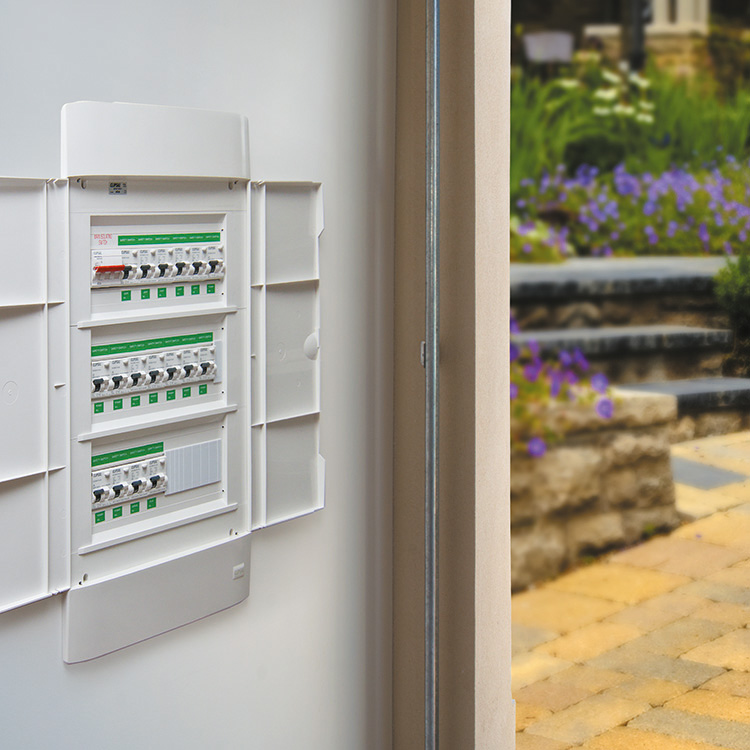Safety Switches Explained

Image Source: clipsal.com
Whether it is an industrial setting, commercial building, or normal dwelling, safety switches are essential for protecting properties from the risks of electrical hazards. Everything from human life to assets depends on the protection a safety switch provides in the case of an electrical malfunction.
Within a property’s normal power circuit, the current flowing through any appliance is returned through the neutral wire. If the circuit is compromised, the power supply may leak to the earth through anyone in contact with the live appliance, thereby causing serious injury or even death.
Safety switches work by monitoring the electrical flow through the circuit. If there are any irregularities in the flow of the current, the switch automatically trips and stops the power supply to the device. In the event of a power shortage, nearly every safety switch is designed to immediately cut down the power. Some switches are capable of cutting down the power in as little as 30 milliseconds.
Since installing safety switches at every property has become mandatory under law, here are some details that you should be aware of before choosing the right type of safety switch.
NEMA 3R switches are generally suitable for outdoor usage and provide a higher degree of protection against electrical faults due to external elements of rain, sleet, or ice formation.
NEMA 4/4X are intended for both outdoor and indoor use. These enclosures protect the circuits from damage risks due to rain, hose water, splashing, or ice formation. The only difference between the “4X” and “4” enclosures is that the “4X” provides corrosion protection.
NEMA 5/12 enclosures are designed for protecting inhabitants against any settling, airborne, or circulating dirt. It also protects against any falling, dripping, and non-corrosive liquids.
